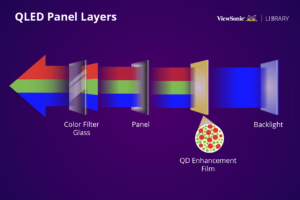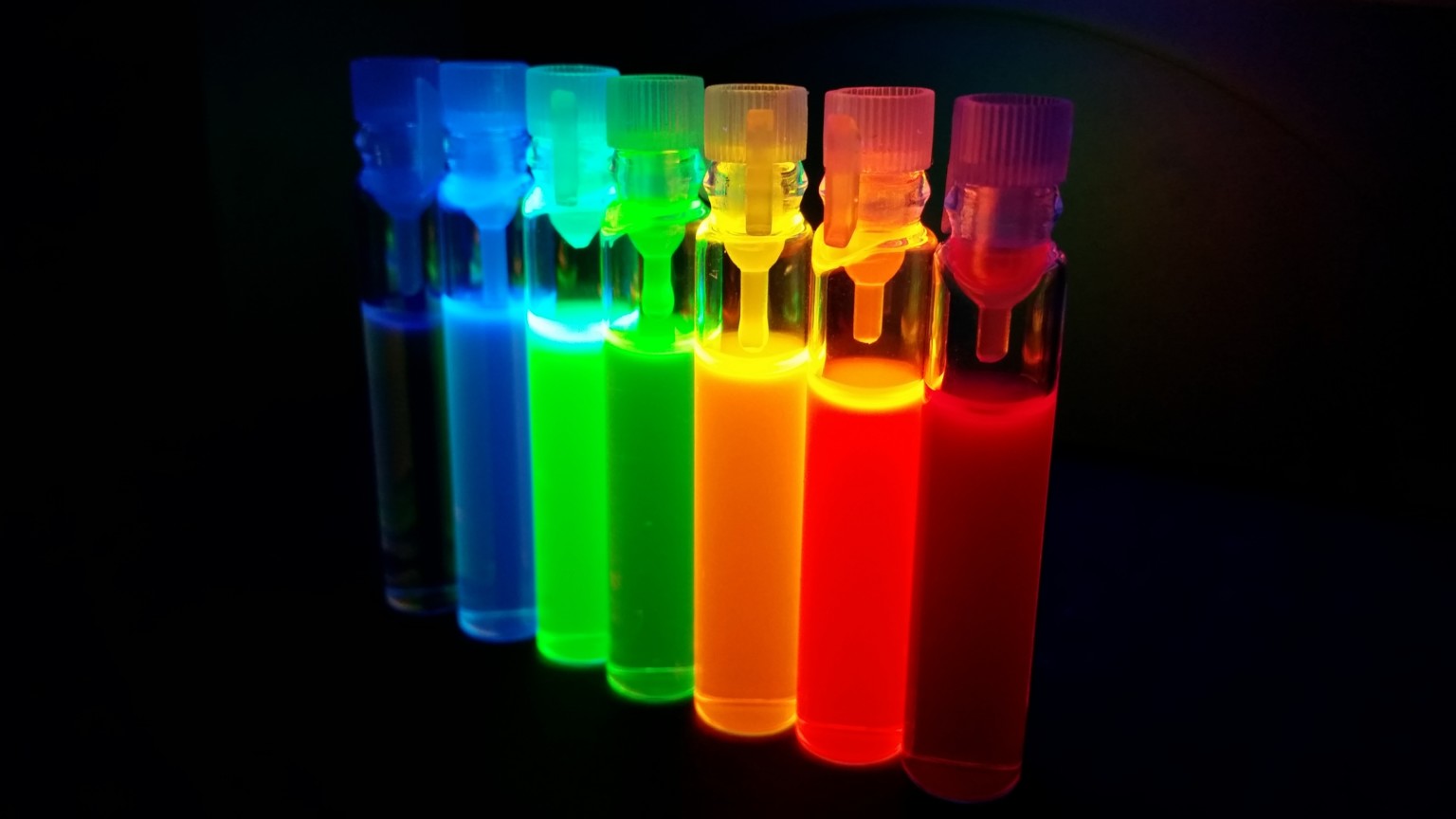Quantum dots are nanoparticles that are most typically found in screens, but researchers have used the technology to detect light wavelengths on a sensor. The team claims that the technology can replace CMOS sensors.

To improve the image quality on televisions, quantum dots, or QLED, the technology employs a screen of phosphorescent crystals that react to light and electricity. These quantum dots are exceedingly small — fewer than 500 nanometers in size — and can light in a variety of hues depending on the atoms that make them up. Instead of employing pure white backlights, a television using QLED technology will emit red or green when struck by blue light, resulting in more highly saturated and realistic colors than an LED screen without quantum dots, according to Viewsonic.
Quantum dots are particularly effective for boosting the quality of a display greatly. Researchers have succeeded to reverse these principles: rather than utilizing quantum dots to display colors, the technology is now being utilized to record them.
CMOS sensors are fantastic, but they have restrictions in terms of where they can be used and how they collect data due to their size.
The researchers explain that many emerging fields of application, such as self-driving automobiles, flexible electronics, and healthcare and medical imaging, necessitate even greater resolutions and integration levels. Because of the way each pixel of a color image is taken, this is impossible to achieve.
The red, green, and blue components of each pixel in most image sensors are collected separately using a dedicated photodetector ‘cell’ for each color. While the three cells of each pixel are aligned laterally and as close to each other as possible to maximize the available space, this design consumes at least three times the amount of space that each individual cell consumes. Furthermore, due to their complexity, the manufacturing and processing costs of these photodetector arrays can be rather costly.
According to the researchers, who are led by Professor Sung Kyu Park of Chung-Ang University in Korea, they have created a new sort of sensor that uses quantum dot technology.
The sensor is made up of vertically stacked quantum dots, each of which is sensitive to a different light frequency. Only the light that reacts with the dot of a given frequency is triggered as the light goes through the layers of differently tuned dots, which is how the sensor knows what color to capture that information.
According to the researchers, the pixel structure consumes far less area per pixel than conventional image sensors, allowing for more pixels to be packed into a given space than current CMOS technology allows.
The researchers also claim that manufacturing the sensors is significantly easier and that the final sensor has high photosensitivity and endurance, implying that the design might be utilized for high-resolution sensors in a number of applications.







Leave a Reply